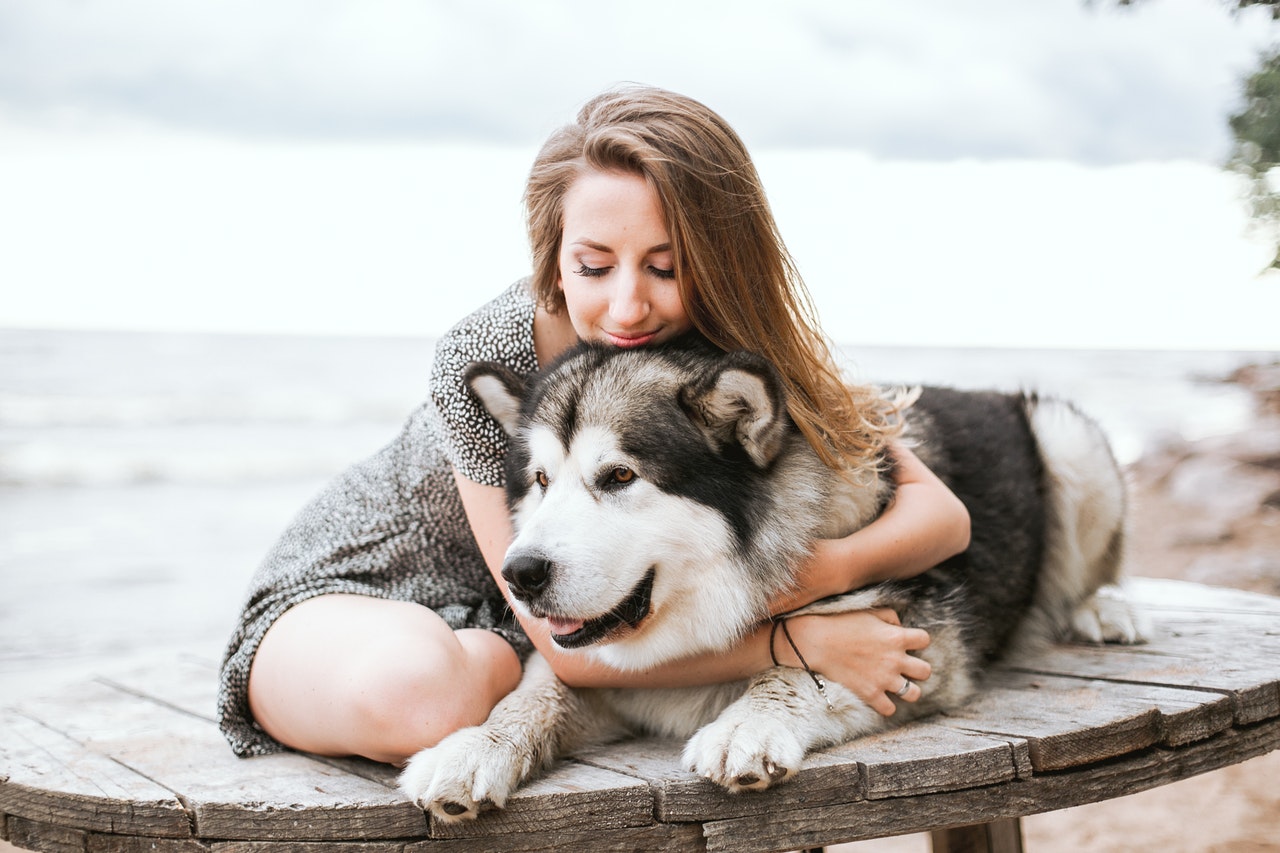Yeast infections affect pets and people, causing uncomfortable and painful symptoms that can become serious if left untreated. In today’s post, we'll take a look at what yeast infections are, why they happen, and how to know if your pet is infected. We’ll also explain why caprylic acid is effective in the prevention and treatment of yeast infections.
What are Yeast Infections?
Yeast are microscopic, unicellular microorganisms classified as part of the fungi kingdom. They are found on plants and flowers, as well as in soil. Yeast is also used commercially to make products such as bread, alcoholic beverages, insulin, and biofuel. In fact, this tiny microorganism is worth a massive $900 billion annually to the US economy!
In most warm-blooded animals (including humans), yeast is present in low numbers in the G.I. tract and on the skin. In pets, yeast is commonly found in the mouth, ear canals, around skin folds or wrinkles, and on the paws. Typically, yeast coexist with helpful bacteria, competing for food and space. A combination of factors can cause imbalances in the body, causing yeast to grow out of control. This overgrowth of yeast in your pet's body can lead to yeast infections.
Simply put, yeast infections occur as a result of invasive yeast overgrowth. When this happens, they can no longer be checked or suppressed by coexisting helpful bacteria. This puts undue strain on the immune system and leaves your pet susceptible to secondary infections and diseases.
Yeast dermatitis is an inflammatory skin condition that's especially common in dogs. It is caused by Malassezia pachydermatis, a species of yeast found in small numbers on the skin, in the ears and mouth, and in the urinary tracts of healthy dogs. Malassezia pachydermatis is a commensal yeast. This means that it usually coexists with beneficial bacteria and poses no threat to its host. However, an overgrowth of this type of yeast can lead to painful and uncomfortable symptoms such as skin inflammation, itchiness, and hot spots.

Why Do Yeast Infections Happen?
Yeast infections in pets can be caused by a number of factors. Here are a few of the most common:
1) Exposure to hot and humid weather. Yeast thrive in warm, moist environments. This is why yeast infections often occur during the summer months.
2) Poor diet. Pets fed low-quality diets often suffer from nutritional deficiencies and weakened immune systems. This leaves them susceptible to developing yeast infections. Candidiasis is a fungal infection caused by a sugar-dependent opportunistic yeast, Candida albicans. It thrives on sugar (all yeast rely on sugar for their growth) and attacks animals with suppressed immune systems.
3) Underlying health issues. Underlying health issues put strain on the immune system and increase the risk of secondary infection. For this reason, pets with underlying conditions are especially prone to yeast infections.
4) Use of medications such as steroids and antibiotics. Steroids like prednisone, prednisolone, and triamcinolone are immunosuppressant. This means that they make it difficult for the immune system to fight yeast infections. Studies have also shown that antibiotics can disrupt the intestinal microflora by destroying both good and bad bacteria in the body. This gives room for yeasts like Candida albicans to flourish.
What Are the Symptoms of Yeast Infections?
The signs and symptoms of a yeast infection will depend on the area of the body that's affected. Infections in the mouth are characterized by the following symptoms:
Excessive drooling
- Mouth odor
- Thrush
- Sores at the corners of the mouth
For urinary and gastrointestinal infections, you may observe:
- Diarrhea
- Nausea
- Fatigue
- Smelly and bloody urine
- Signs of pain while urinating
- Loss of appetite or food allergies
- Discomfort around the abdomen or genitals
Signs and symptoms of skin and ear infections include:
- Self-inflicted wounds as a result of scratching and licking
- Open sores
- Oily and crusty skin
- Alopecia
- Tilting and shaking of the head
- Inflammation (redness) of the skin
- A strong, musty smell
- Mood swings and crankiness
- Skin allergies
Please visit your veterinarian immediately if you notice any of these signs or symptoms. The longer a yeast infection is left untreated, the faster it can develop, resulting in a number of potentially serious health complications.
How Can You Prevent Yeast Infections?
Yeast is an essential part of the microflora. This means that treatment of yeast infections should focus on reducing rather than eradicating yeast. But prevention, as they say, is better than cure. Let's take a look at a few proven ways to prevent yeast infections in pets.
Topping the list of preventive measures is…STARVE THE YEAST! Yeast organisms are dependent on sugar (carbohydrates) for their growth. So, feeding your pet a raw keto diet (as nature intended before the invention of commercial pet foods) is your best bet against yeast overgrowth. Here’s the right way to do it.
Here are a few more ways to prevent yeast infections:
- Use an antifungal shampoo to bathe your pet. Afterwards, towel dry (or gently blow dry) to get rid of moisture.
- Apple cider vinegar rinse – prepare a solution by diluting organic apple cider vinegar in warm water. Rinse your pet right after a bath or a swim to balance their skin pH.
- Clean your pet’s ears using a cotton swab dipped in therapeutic-grade coconut oil. Do this daily if you can.
- Keep your pet away from heat. Take walks in the early morning or cool evening. If your pet has an outdoor kennel, make sure it's well sheltered from the sun.
Preventing Yeast Infections With Caprylic Acid
Along with lauric acid and capric acid, caprylic acid is one of 3 main medium-chain fatty acids (MCFAs) found in coconut oil. Research has shown that caprylic acid is effective against yeast growth. It is believed to kill yeast by destroying its cell membrane and denaturing proteins.
Triplex MCT-3 Oil is a unique blend of medium-chain triglycerides (MCT) oil, with higher levels of caprylic acid and capric acid, plus lauric acid. Thanks to its high levels of caprylic acid (a whopping 7000mg!), it has powerful antifungal properties. The caprylic acid in TriPlex MCT-3 attacks and kills yeast cells by penetrating and rupturing their cell walls. This inhibits growth and disintegrates the yeast cell until it no longer functions. This means that TriPlex MCT-3 effectively protects against yeast overgrowth and kills yeast cells both inside and outside the body.
Triplex MCT-3 Oil can be added to your pet's diet or applied topically to their skin to prevent and treat yeast infections. Give MCT-3 Oil orally by mixing with your pet's regular food. We recommend giving 1/2 teaspoon per 10lb body weight. It's also a good idea to divide the daily dose into 2 meals. Start slowly and increase gradually. When applying MCT-3 Oil topically, use a small spray bottle and spray the oil directly on affected areas.
Want more information about the benefits of Triplex MCT-3? Check out our previous post, What is CocoTherapy TriPlex™ MCT-3 Oil?



